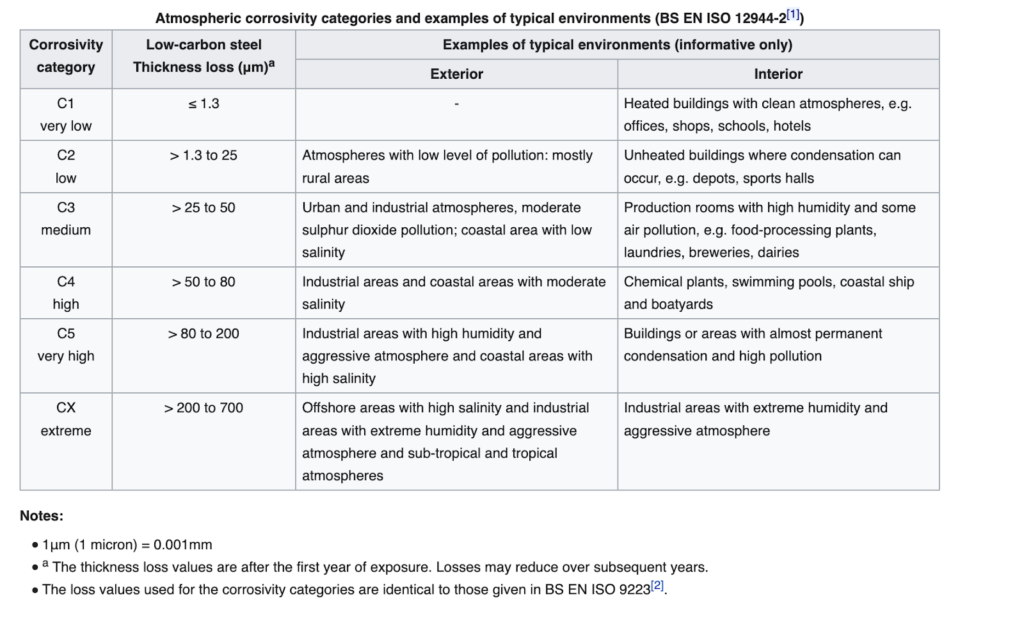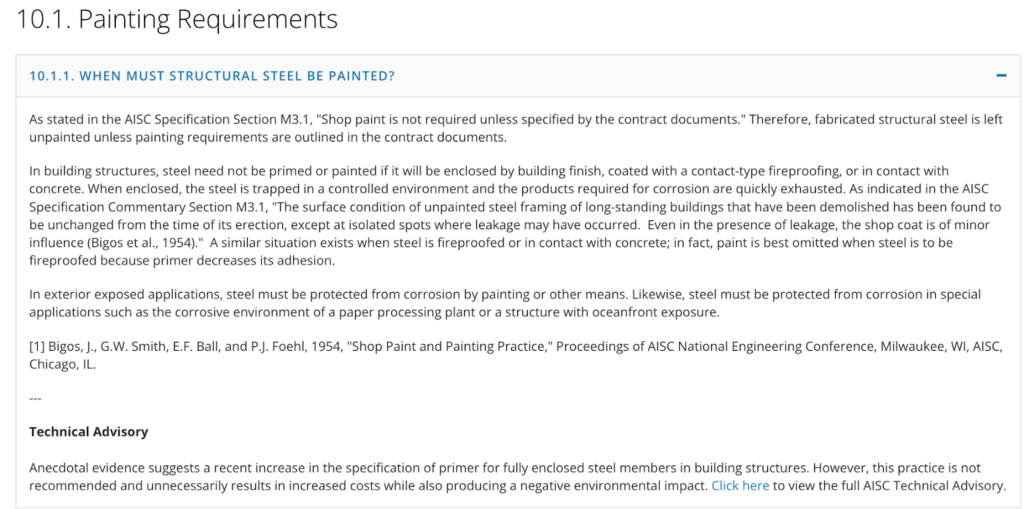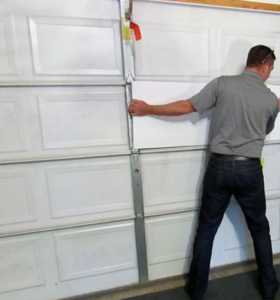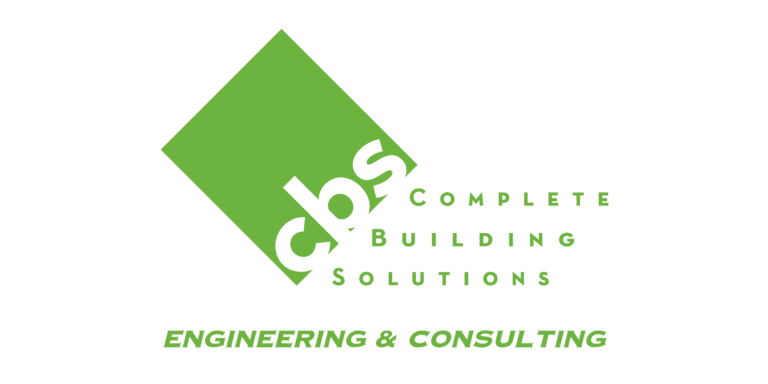Steel is used in various applications throughout the world particularly in the construction of bridges and buildings.
But, we are not talking about just any kind of steel. We are talking about structural steel. The properties of structural steel make it extremely strong and durable.
If you are interested in learning more about this critical resource, then you have come to the right place. We will be addressing our most frequently asked questions about structural steel.
Check it out.
- What is structural steel
- How is structural steel made and how is it different from regular steel
- What is structural steel used for
- What specific structures are built with structural steel
- Common structural steel sections
- Beams
- Angles
- Plates
- Channels
- Where is structural steel sourced from
- Advantages and disadvantages of structural steel
- Structural steel grades
- How long does structural steel last
- Does structural steel rust
- What is structural steel design
- What is structural steel detailing
- How to paint structural steel (does it need to be primed)
- Does structural steel need to be fireproofed
- Is structural steel galvanized
- What is the cost of structural steel
What is structural steel?

Structural steel is a carbon based metal, available in many grades, that is used all over the world in the construction industry. To be considered structural steel in the United States, the product must meet industry standards set forth by ASTM International.
So, how is structural steel different from non-structural steel? Well, it comes down to the composition of the product. And, to understand this, we must first understand what steel itself is.
Steel is an alloy made out of iron and carbon. Most of us are familiar with these elements, but may not have known that it’s rare to find them existing in their pure forms.
So, how is steel made and how is it different from structural steel? Let’s jump to the next section to find out.
How is structural steel made and how is it different than regular steel?

Before we get into the specifics of structural steel, let’s just discuss how steel in general is made.
There are two ways that steel can be made a) working with raw materials or b) recycling used materials.
We will touch on raw materials first.
The first step in making steel from raw materials is to extract iron from iron ore. Did you know that iron ore can be extracted from taconite in local Minnesota mines?

Yep, right here in our backyard.
The iron ore is extracted from taconite by first grinding it into small particles and then using magnets to pull out the iron ore.
This leads up to the next step in the process of making iron.
The iron ore is actually quite weak and needs carbon to provide it with strength. When working with raw materials, a blast furnace is used to heat iron ore and carbon will be added to the mixture.

Side note- Do you guys remember Henry Bessemer from history class? He’s the guy who created the blast furnace sometime in the mid 1850s. Neat, huh?
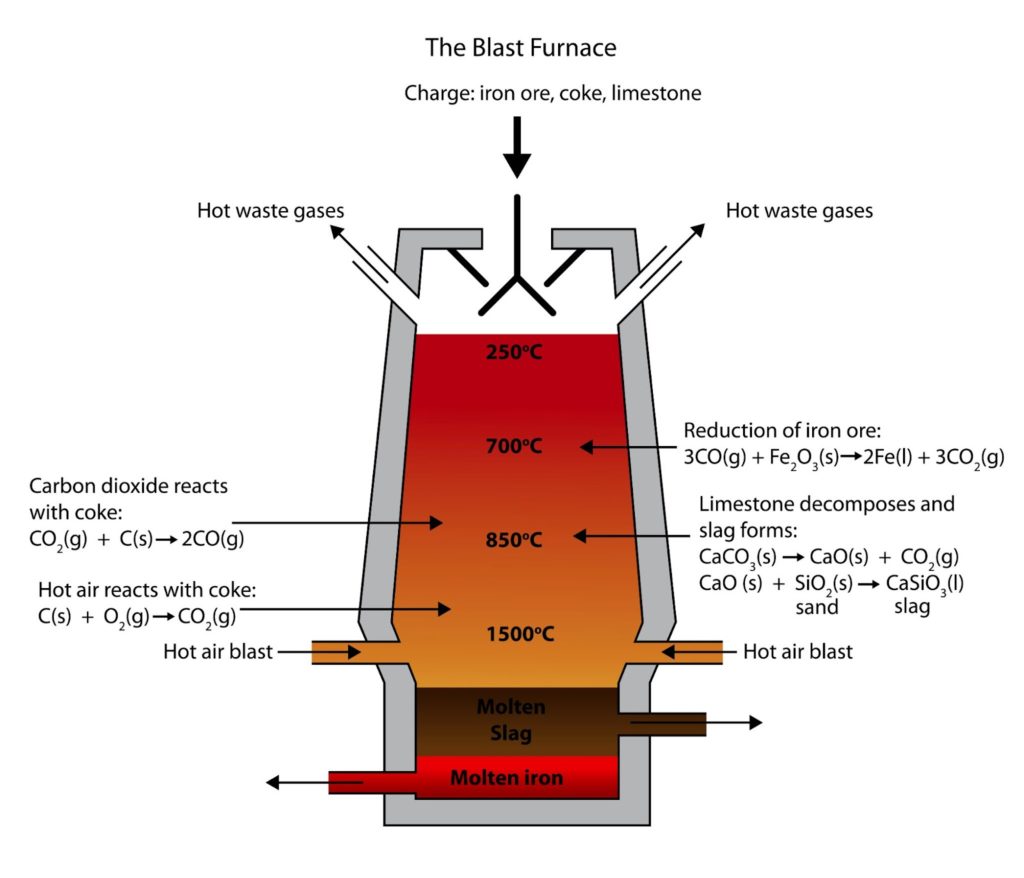
You may be wondering what the source of carbon is. Typically, it’s a form of coal high in carbon called coke. This coke is mixed with iron ore under high temperatures. It’s the heat that creates the chemical reaction responsible for the carbons from coke bonding to the oxygens from iron oxides. This is called reduction.
At this point the material will contain too much carbon for the product to be considered steel. It’s the reduction of carbon that helps to provide the material with strength. So, the mixture will be heated and cooled strategically until the carbon content is less than 2.1% of the product’s weight. Structural steel must have a carbon content between 0.05-0.25%.
Ding Ding Ding!
We finally answered our original question. Structural steel has a carbon content between 0.05-0.25%. This is what makes it stand out among other types of steel.
Keep in mind, there are many varying compositions in steel, all designed for specific purposes. It just so happens that low carbon steel is the best for construction (and known as structural steel) because it has sufficient strength but is also more malleable than high carbon steel would be.
Is anyone interested in hearing about the other way to make structural steel from recycled material?
If not, just skip over this part.
When working with scrap metal, an Electric Arc Furnace (EAF) will be used.
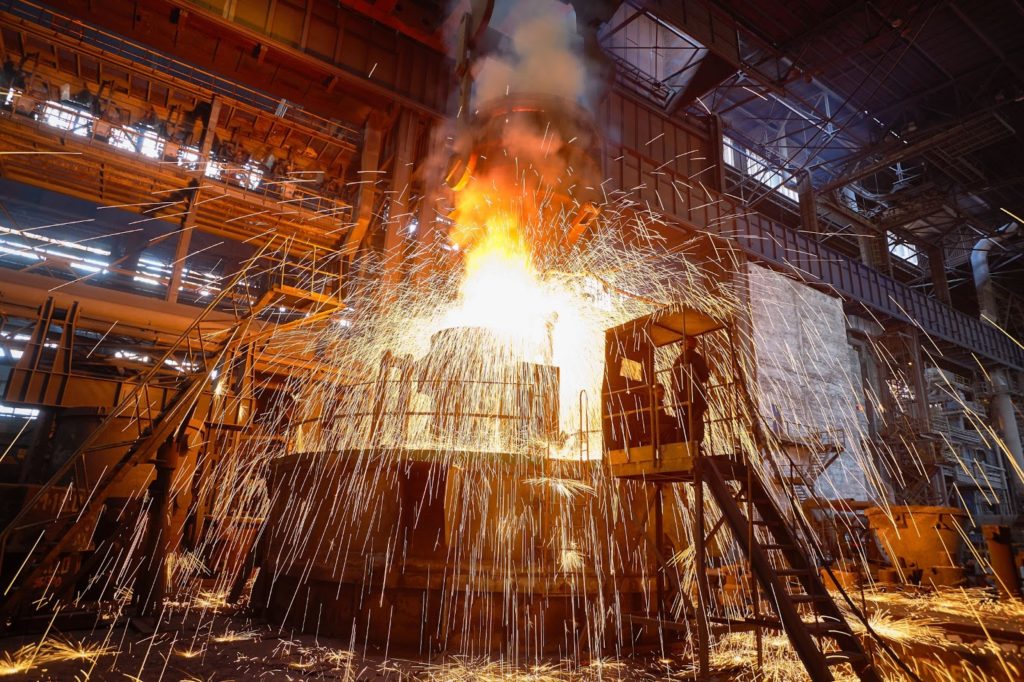
Essentially, a crane will lift the scrap steel into the furnace. Once the furnace is full, the lid will be closed. This lid is important because it holds electrodes charged with an electric current which create large amounts of heat capable of melting the scrap metal down.
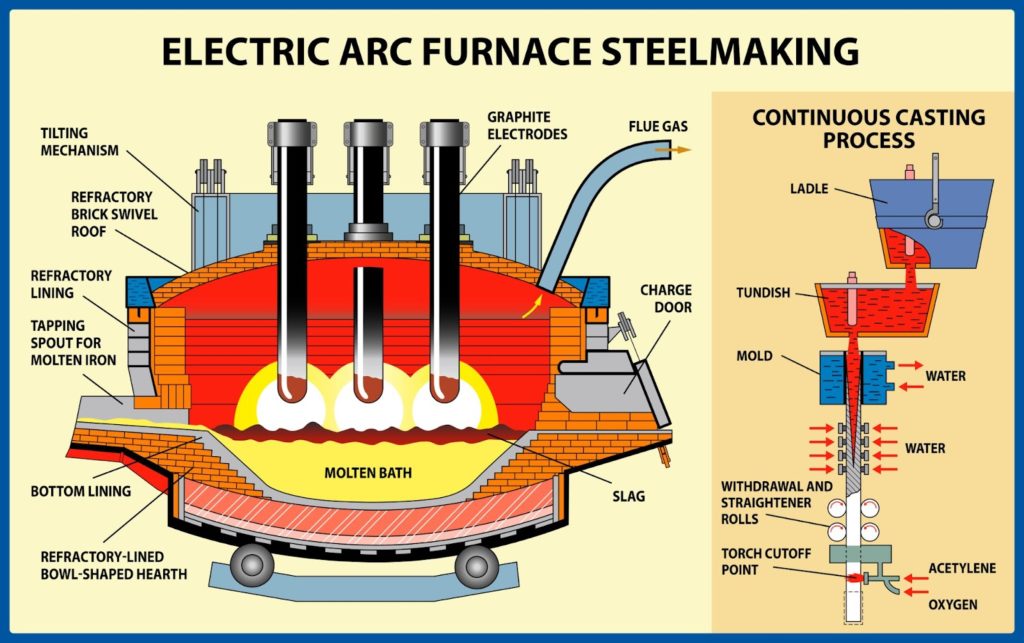
This is where certain alloys may be added to the metal in order to obtain various grades of steel.
What is structural steel used for?
Structural steel is primarily used for construction purposes, but it can also be found throughout the automobile & energy infrastructure industries. There may even be instances where structural steel is used to build various machinery, equipment storage tanks, tools, household appliances & for food and beverage packaging.
Since this blog is focusing primarily on the applications of structural steel in the construction industry, we will touch upon that a bit more here.
Let’s jump in.
What specific structures are built with structural steel?
- High rise buildings
- Residential buildings
- Industrial pole barns or sheds
- Bridges
- Parking garages
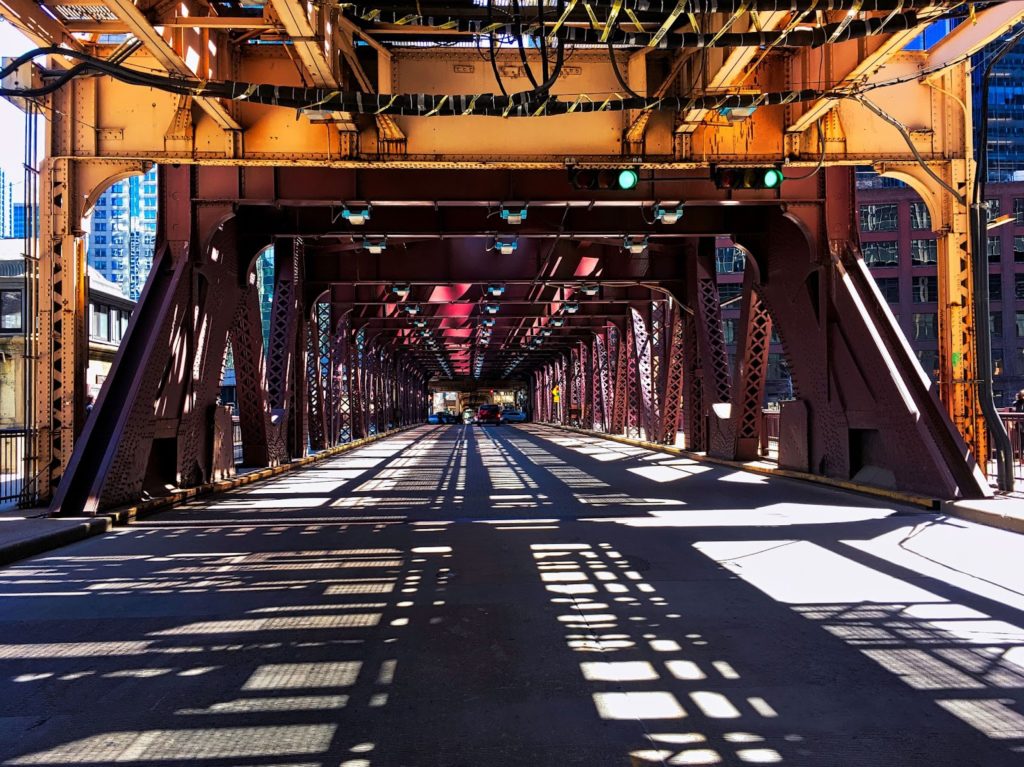
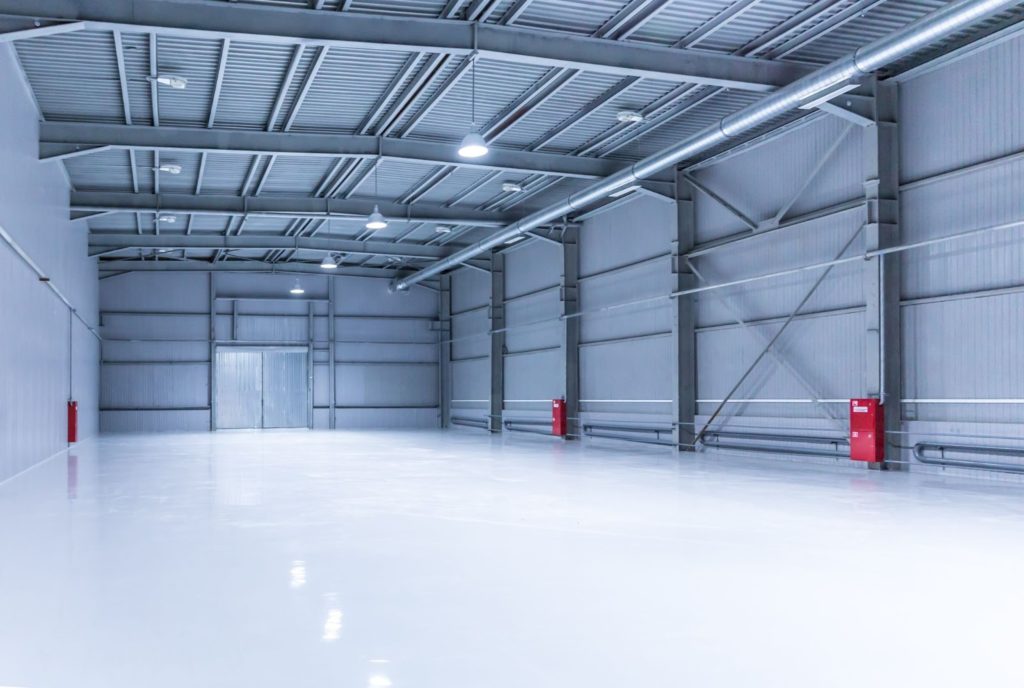
In general, structural steel is a preferred material of engineers, designers, architects and contractors throughout the construction industry. Its strength is unmatched which makes it ideal for the building of the structures mentioned above.
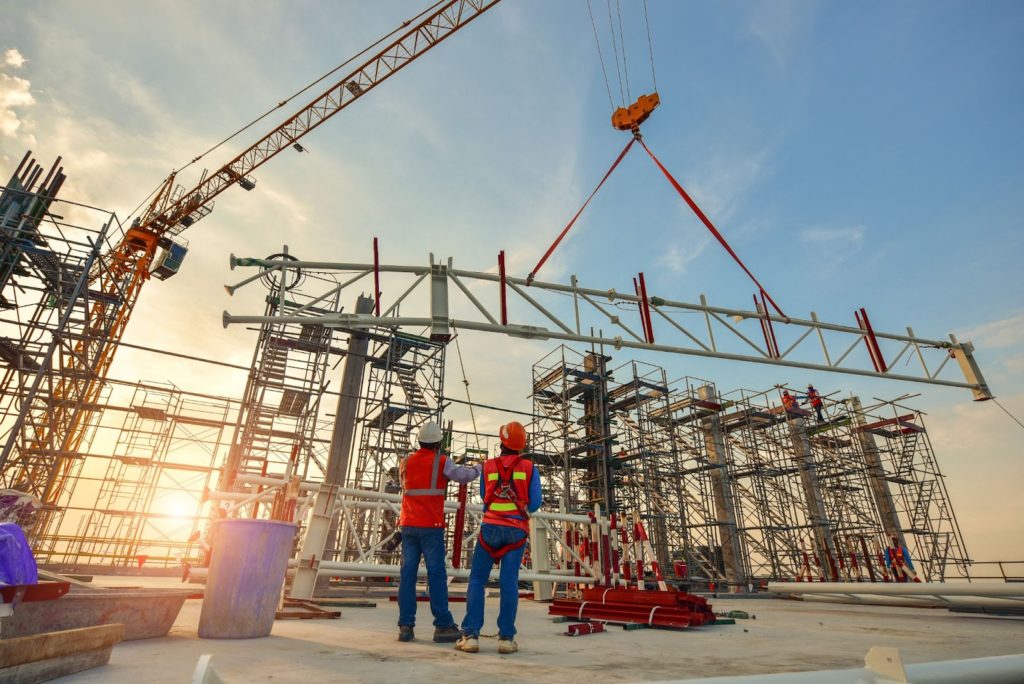
However, the material itself must also be able to handle tension, be easy to work with, ductile and, of course, be affordable too. Structural steel possesses all of these qualities so you can see how it has become a popular material choice for structures of all kinds.
Another important quality of structural steel is machinability.
You may be wondering what this means? Well, machinability is defined as “the ease with which a metal can be cut (machined) permitting the removal of the material with a satisfactory finish at low cost.”
This quality is important because it allows for structural steel to be made into many unique shapes.
Listed below are some of these shapes aka structural sections.
Get a free quote on your project!
Ready to start your project? Reach out to Complete Building solutions and get a quote absolutely free.
Common structural steel sections-
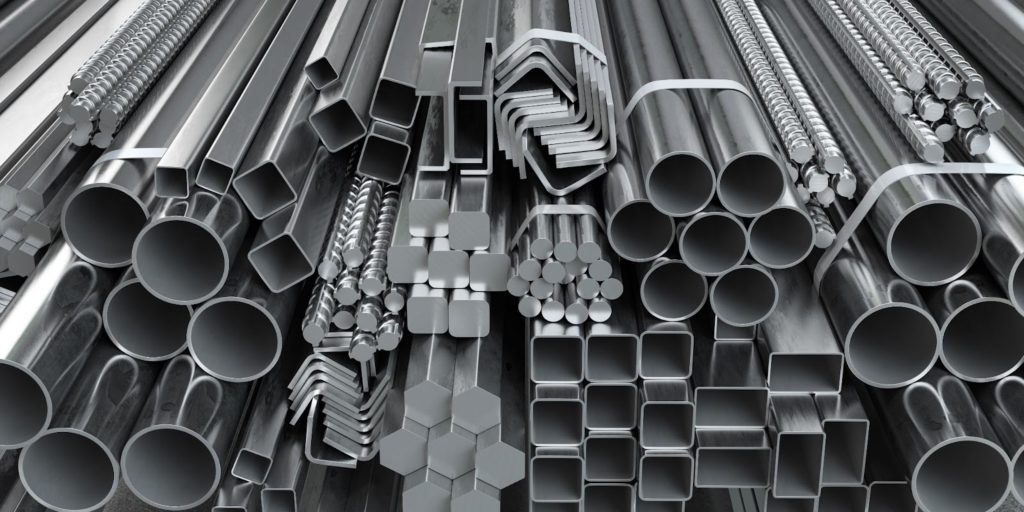
Structural steel shapes can be customized but traditionally all shapes will fall into one of the following 4 categories: beams, angles, channels or plates.
Beams-
I-Beams:
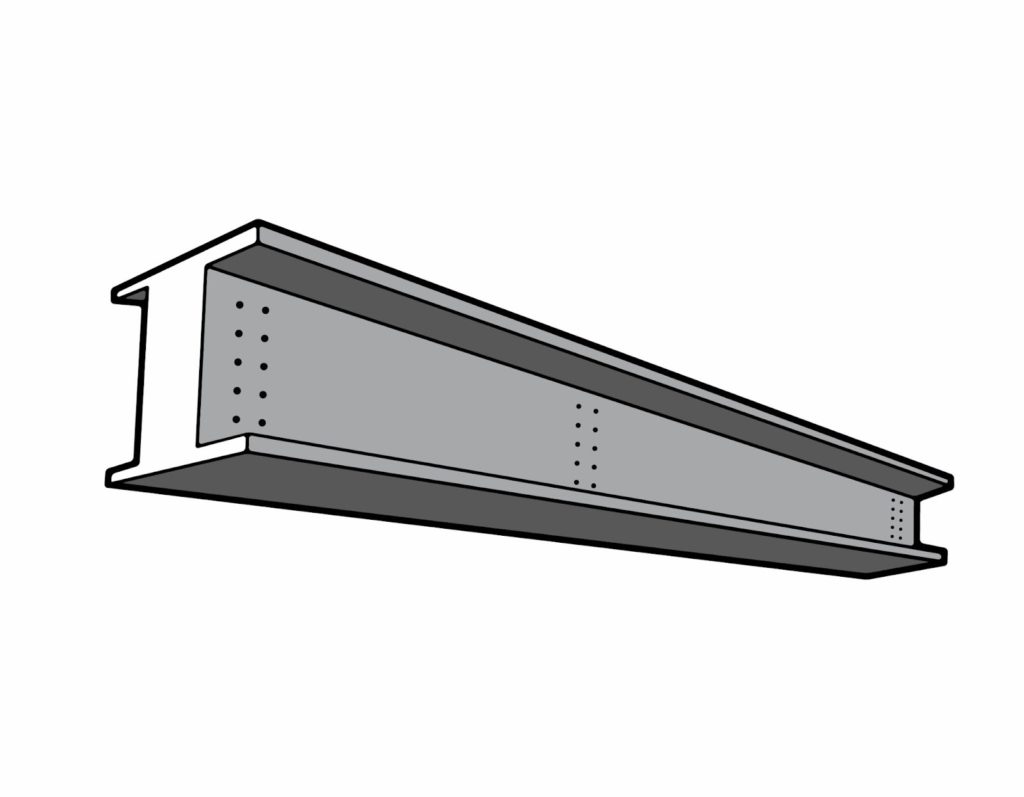
A steel beam that is I-shaped in a cross section.
Almost all major structures will utilize I-Beams making them extremely common in the construction industry. They can be used in various ways including: embedded in concrete, stand alone or welded together to form a continuous beam.
U-Beams:
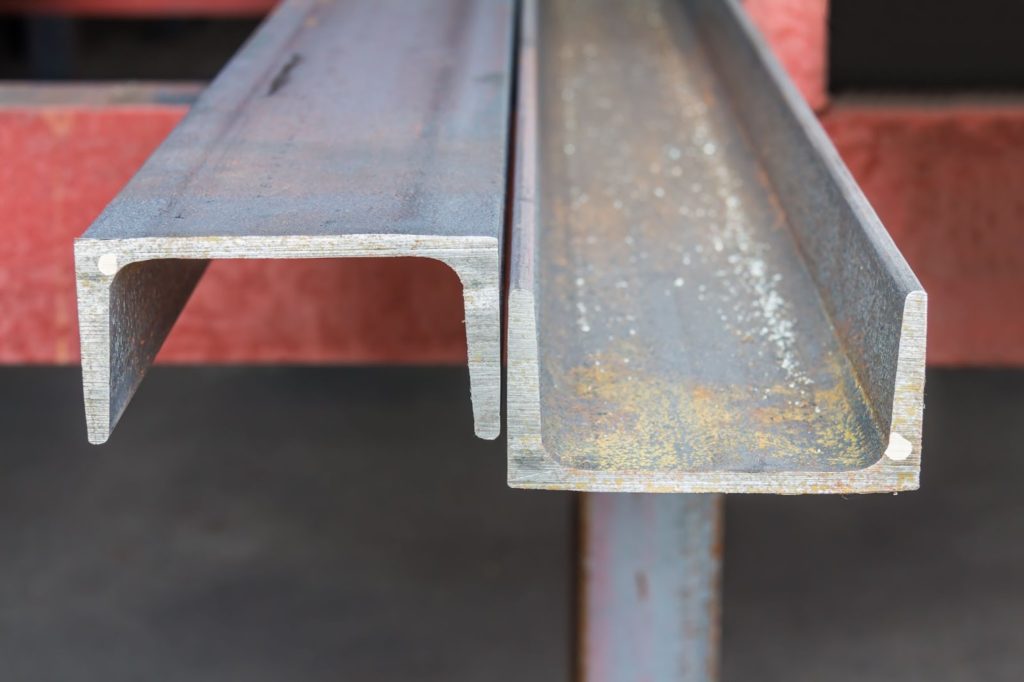
A steel beam that is U-shaped and is capable of supporting loads.
U-beams do not possess as much carrying capacity as I-beams, but they are capable of carrying various vertical loads and even horizontal loads in cross sections.
Round or square beams:

Solid structural steel beams that are either round or square shaped.
These beams aren’t found in building framing as much as they are within the industrial equipment and appliance industry.
Angles-
Angled Beams:

A steel beam that is L-shaped with two legs that come together at a 90 degree angle. Their leg sizes can be equal or unequal.
Angled beams are known for anchoring floor systems to a structure’s foundation and for angular connections.
Hollow structural sections (HSS):
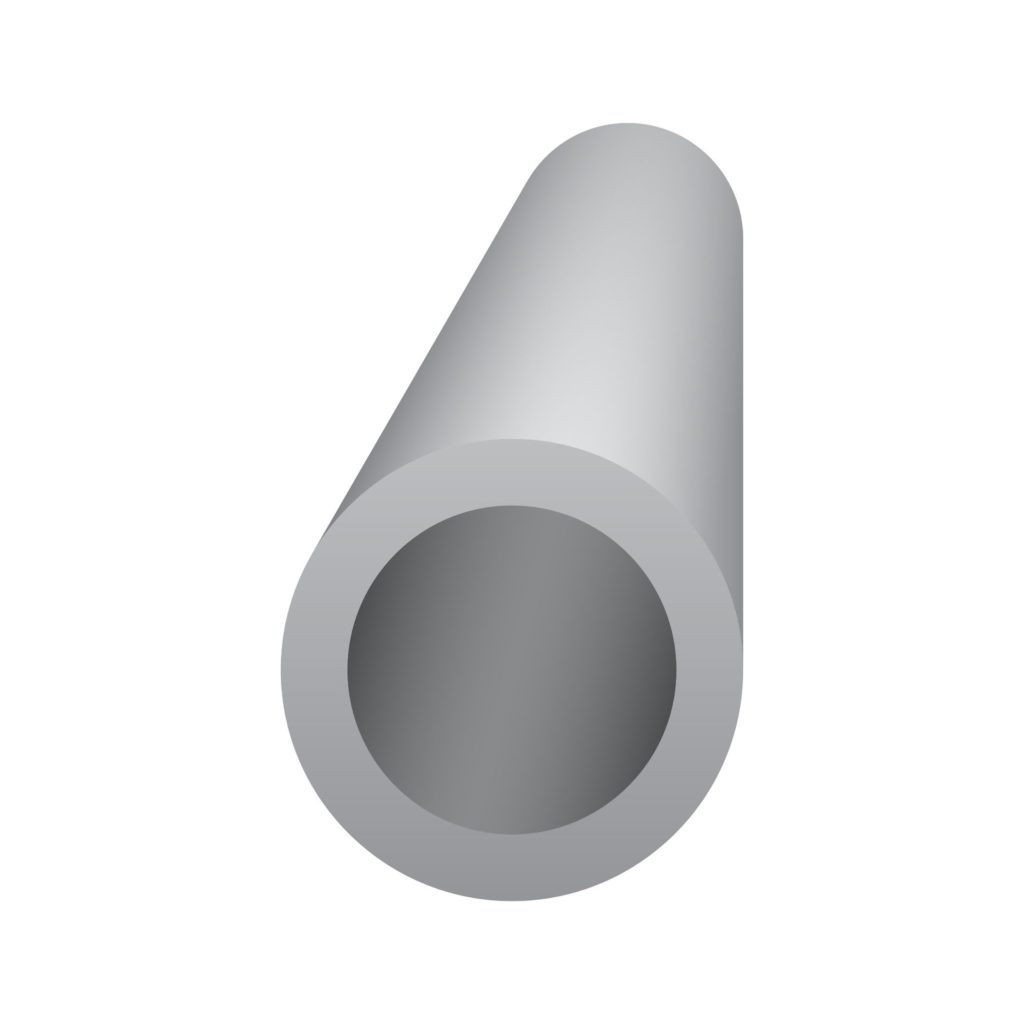
Circular steel bars with a hollow cross section.
Hollow structural sections are often found in welded steel frames where members experience loading in multiple directions. They can also be used as beams depending upon the situation. These beams have great resistance to lateral torsional buckling.
Plates-
Flat bars:
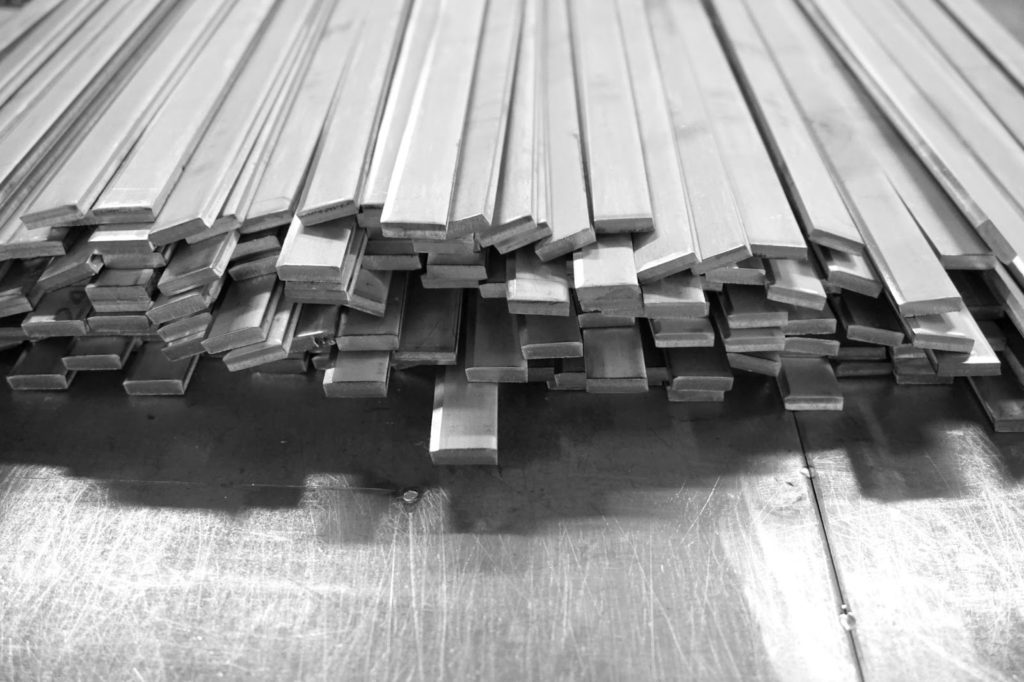
A rectangular shaped flat piece of structural steel.
Flat bars are commonly used as connective members in residential and commercial framing
Channels-
C-channels-

These structural steel units are hot-rolled into a C-shape. Similar to I-beams, their angle of attachment in between the flange and web is wider. They are usually used to support the main load-bearing beam for bracing and framing needs.
One last very common use for structural steel which has to be mentioned is reinforcement steel aka rebar.
Rebar:
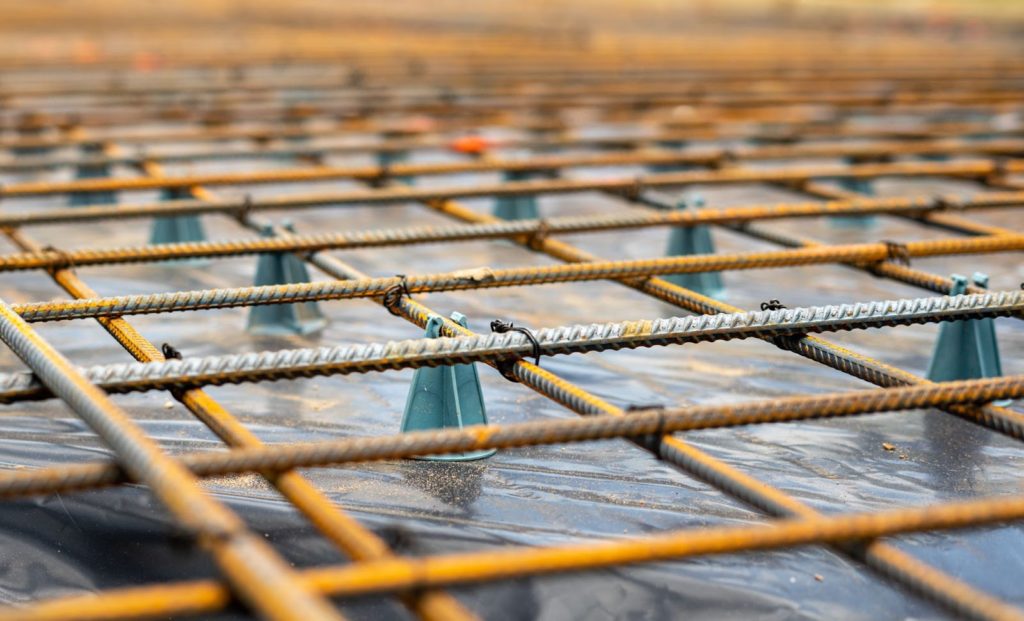
Rebar is laid within concrete in order to provide additional strength. Without rebar, concrete would experience stress with temperature changes causing concrete failure. Since structural steel possesses the qualities of both tension and compression strength, it makes for a perfect pairing with concrete.
You may find rebar used in:
- Bridges
- Buildings
- Skyscrapers
- Homes
- Warehouses
- Foundations
Where is structural steel sourced from?
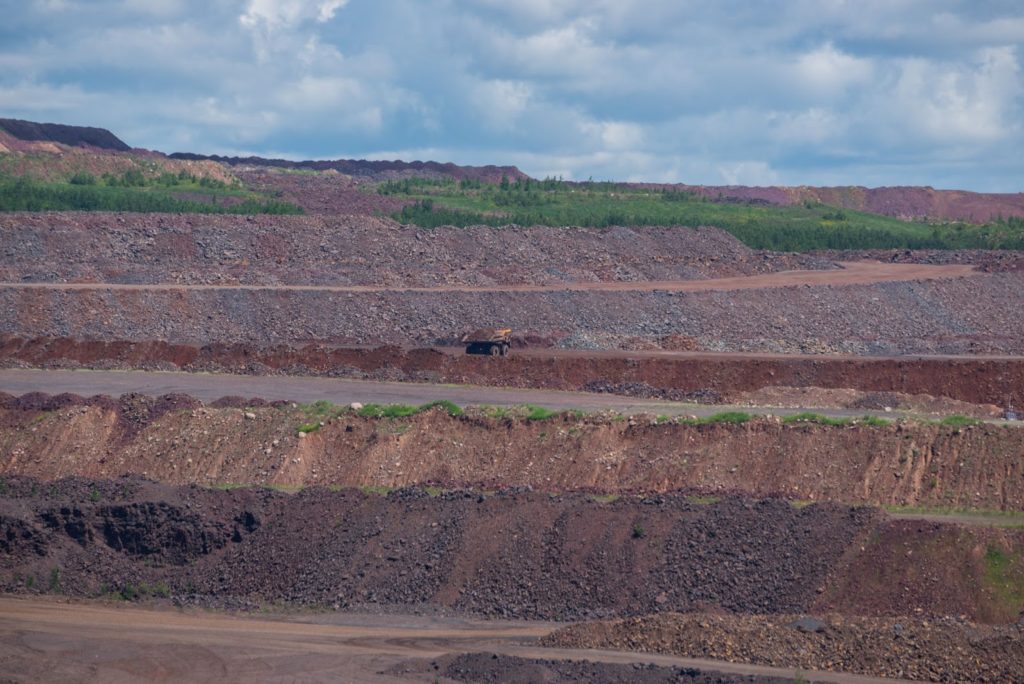
Iron ore is needed in order to make structural steel. Most iron ore has been mined from the Lake Superior area in Minnesota and Michigan. There is also an iron mine in Utah.
American steel mines are capable of producing more than 9 million tons of structural steel per year. 3.5 million tons were used in the United States in 2017. You can see that American structural steel manufacturers are capable of meeting domestic demands.
However, structural steel imports have been drastically increasing since 2010. In 2018 alone, more than 1 million tons of fabricated structural steel were imported from countries such as China, Mexico and Canada. This is a very controversial topic today. There are huge concerns surrounding American jobs, investment losses and of course the implications of handing over such a critical resource to foreign countries.
Advantages and disadvantages of structural steel-

Like anything structural steel has both advantages and disadvantages. We’ll get into some of these here.
Advantages of structural steel-
Durability- Structural steel will outlast most other construction materials. There are two important factors contributing to the overall durability of structural steel: high strength to weight ratio and a high tensile strength (tensile stress is a force that elongates or stretches building
Easy to build with- Structural steel possess qualities that allow for it to be fabricated into a variety of shapes and structures. This makes it very valuable as a building material. Not only does it come in many shapes and colors, it is also very easy to work with. Steel structures are bolted or welded together on site at a contractor’s leisure. This is a huge benefit especially when you consider other building materials, such as concrete, and the long curing process that comes with it. Lastly, structural steel offers design flexibility from an engineering standpoint. Steel beams distribute forces like compression and tension very effectively allowing for unique building designs as well as last minute design updates.
Budget Friendly- Oftentimes, steel frames are more affordable than other systems. Structural steel actually may lower costs in other areas of the building process too. How? Here’s a few ways.
- Foundation costs- Foundation costs will be lower due to structural steel’s high strength-to-weight ratio.
- Fast construction- Steel framing can be constructed more quickly than other materials saving in labor costs.
- Revenue-Since structural steel buildings can be erected more quickly than other projects, they can be utilized sooner and ultimately generate revenue more quickly than other structures.
- Adaptable- Steel framing is easy to work with allowing for remodels, renovations and other building modifications to be installed more easily and cheaply than other structures.
Safety first- There are multiple governing bodies that regulate the proper manufacturing of structural steel. So, we know it’s built right. There are also some other safety factors worth mentioning.
- Fire proofing and water resistant coatings. These coatings prevent structural steel from corroding and also help shield structural integrity in case of an actual fire.
- Mold will not be an issue because water cannot penetrate steel the way it can in other materials such as timber.
- Steel can be recycled which is a plus when it comes to keeping our environment safe.
- The constructability of structural steel makes it a safe material to work with on the job site.
Disadvantages of Structural Steel-
Prone to corrosion- Steel is an alloy of iron and all alloys can corrode. In case you are wondering what specifically corrosion means it’s “the gradual deterioration of metals caused by the action of air, moisture, or a chemical reaction (such as an acid) on their surface”. Luckily, corrosion can be combated to a degree with water resistant or other coatings.
FireProofing- Fire proofing efforts are extensive since steel is not fireproof. Structural integrity can be lost when steel is exposed to extreme heat.
Not energy efficient- Structural steel simply doesn’t have the thermal resistance of other framing systems such as wood. Why is this? It’s due to a concept known as thermal bridging. Thermal bridging allows heat to move from inside a building towards the steel frame in the walls. This can lead to a cold drafty building.
Structural steel grades-
Not all structural steel is created equal. There are multiple chemical compositions and mechanical properties (think yield & tensile strength) which determine the structural grade of the product. Throughout the world there are governing bodies that ensure structural steel products meet industry standards. In America, the governing body is ASTM.
The most popular structural steel grades in the United States are ASTM A36 and ASTM A572. These steel grades are great for bridge design and framing for buildings.
Popular structural steel grades-
A36- This structural steel grade is a popular option for columns, beams, decking and finishing products. It’s low-carbon and affordable. On top of this the yield strength is unmatched.
A572- Like A36 structural steel, A572 has great yield and tensile strength. This grade stands out in situations where a project needs a higher strength to weight ratio. It is often found being used on bridges, transmission towers and even roller coasters.
A588- This grade has a higher tensile and yield strength than both A36 and A572. It’s this product’s unparalleled atmospheric corrosion resistance that makes it a great fit for outdoor projects.
A514- A514 can be found holding up very heavy loads because of its yield strength of a whopping 100,00 psi. It’s easy to work with and remains strong at low atmospheric temperatures. Other places you may find this grade of structural steel is in cranes or other frequently operated machines.
If you want to read more on this, here’s a link that lays out specific chemical compositions of various structural steel grades.
How long does structural steel last?
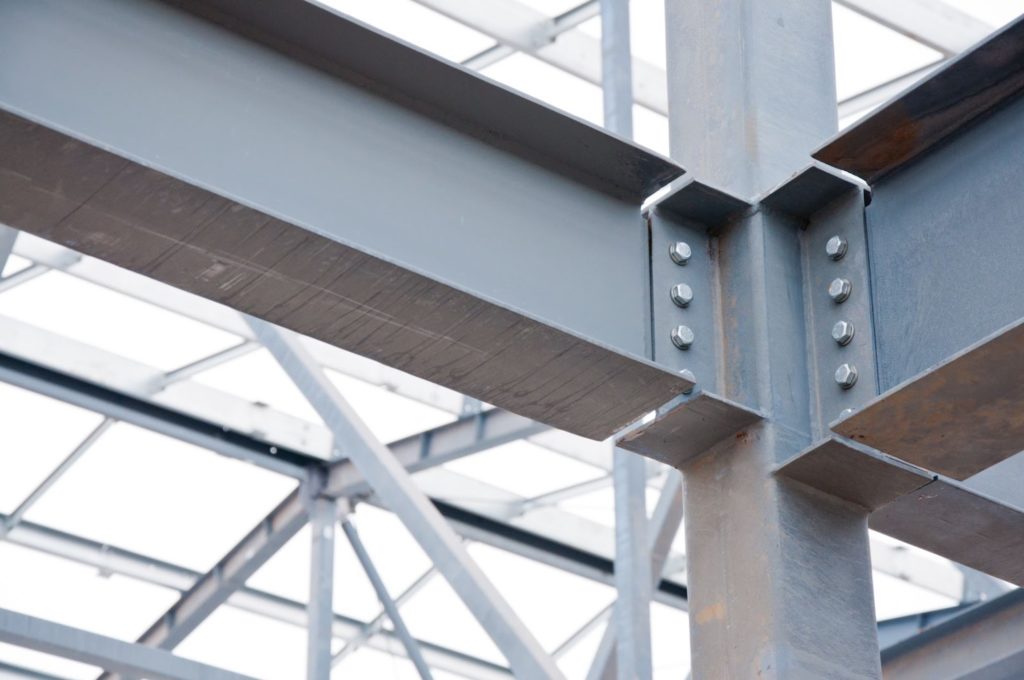
When structural steel is properly maintained, it can have a life expectancy of 50-100+ years.
Why?
Structural steel is very durable and is resistant to mold, moisture, termites and is able to hold up against wind and seismic forces due to tensile strength.
Does structural steel rust?
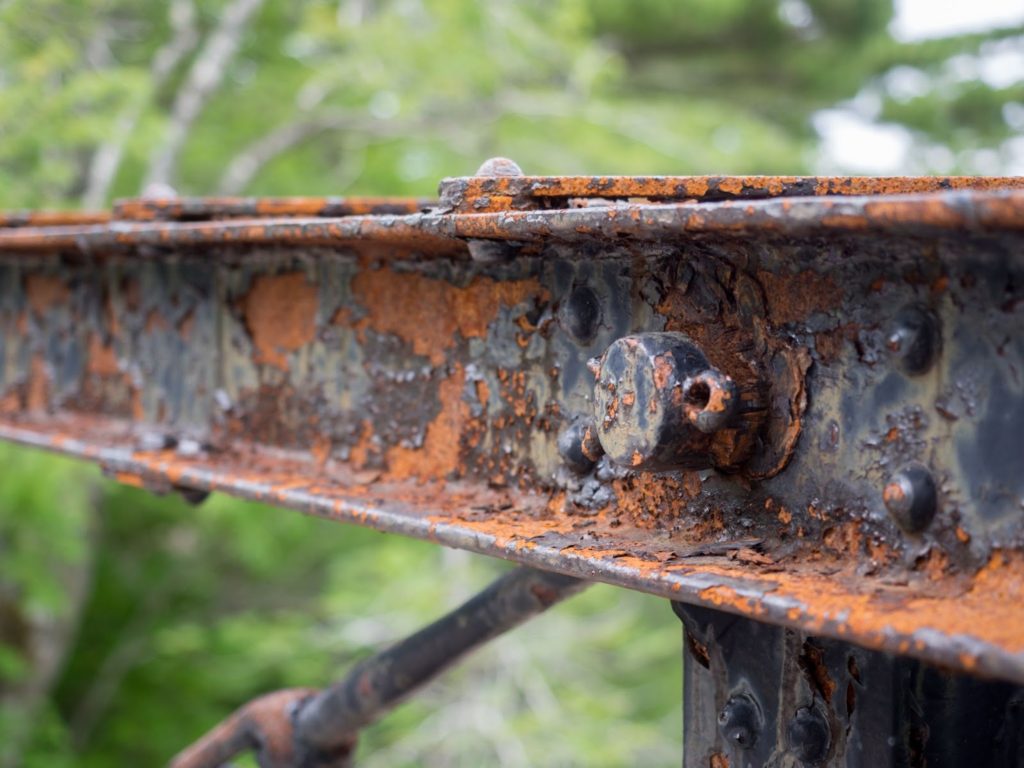
The short answer, yes, structural steel can rust. About 85% of steel produced is carbon steel which means it’s more likely to rust overtime.
However, structural engineers are well versed in understanding the properties that contribute to structural steel corrosion and will factor this in during the design phase of a project. There are also ways of preparing structural steel so it is more rust protective. Some methods are galvanization, primer & powder coats as well as bluing.
Some of the factors leading to rust could be (these factors will vary based upon the environment the structural steel is existing in):
- pH
- Oxygen
- Moisture content
- Fresh or saltwater exposure
- Atmospherically exposed metals
- Temperature
- Humidity
- Rainfall
- Sulfur dioxide (pollution) concentration in the air
Side note- In general, when a lot of humidity and salt water exist, structural steel is more prone to rust. Think the southern coast of the United States.
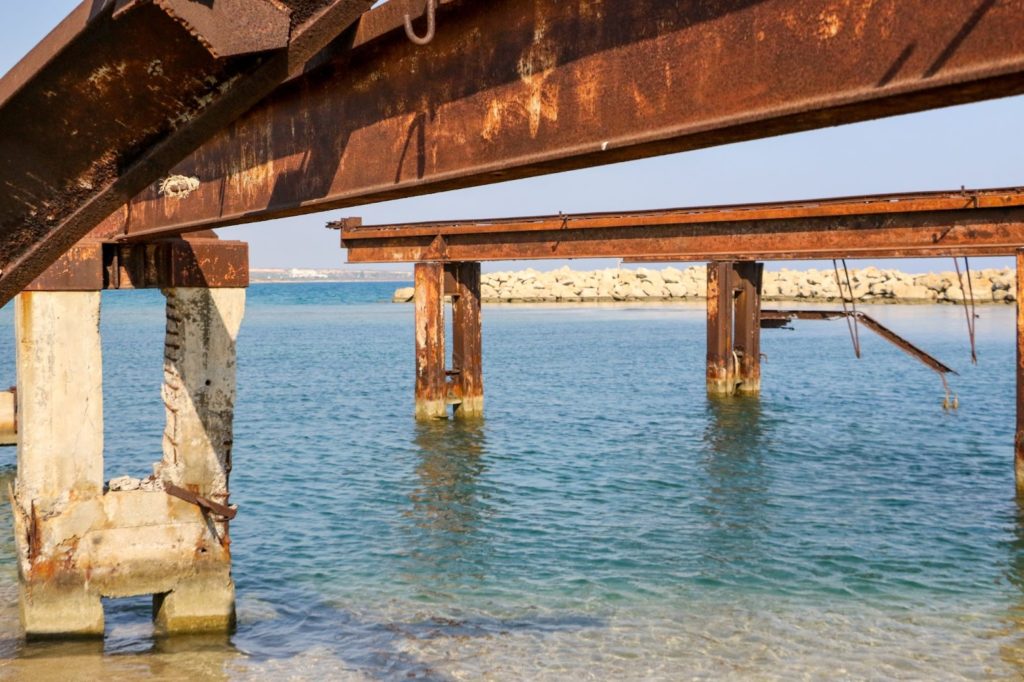
Below is a atmospheric corrosivity chart from the International Organization for Standardization (ISO). It can provide a general idea of structural steel thickness loss in various environments.
Remember though, within different areas, micro environments exist which can throw additional corrosive factors into the mix. It’s important to speak with your structural engineer about whether structural steel is a good fit for your project.
What is structural steel design?
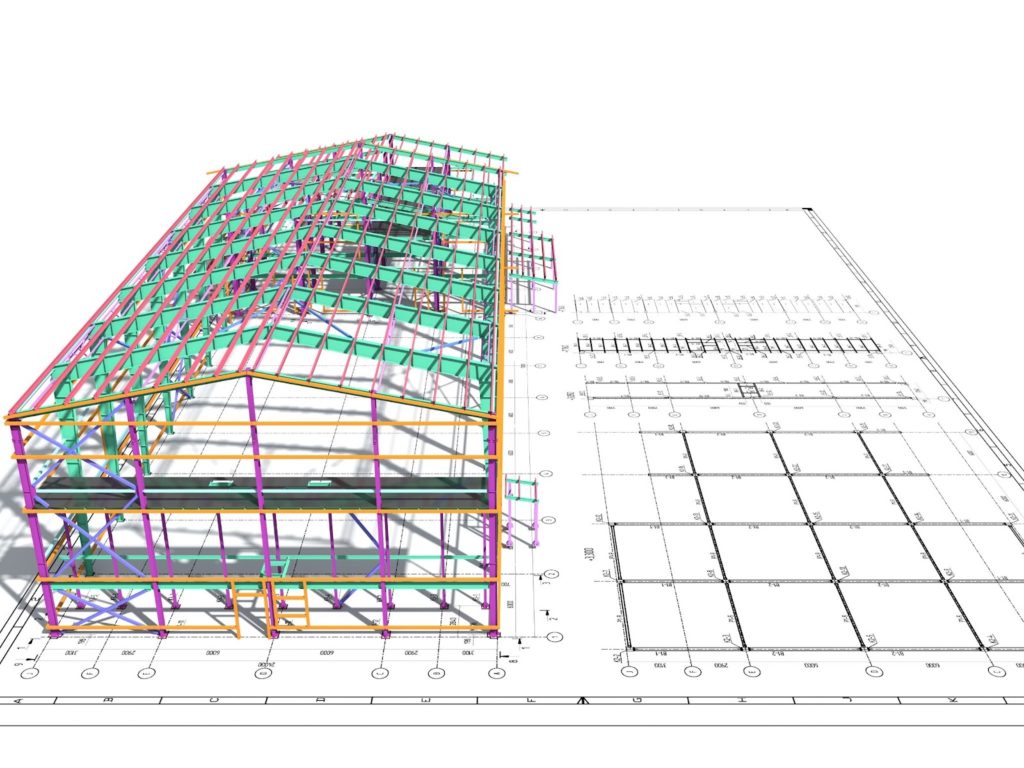
Structural steel design is the reason that steel buildings, bridges and towers remain standing over time. Structural engineers are trained to understand the characteristics of different types of steel and steel alloys and use their knowledge to design structures capable of carrying the live load, dead load, snow loads, wind and seismic stresses.
These factors will determine what type/size of steel beams, columns, braces, connectors and hangers will be needed. There is a lot of math that goes into structural steel design.
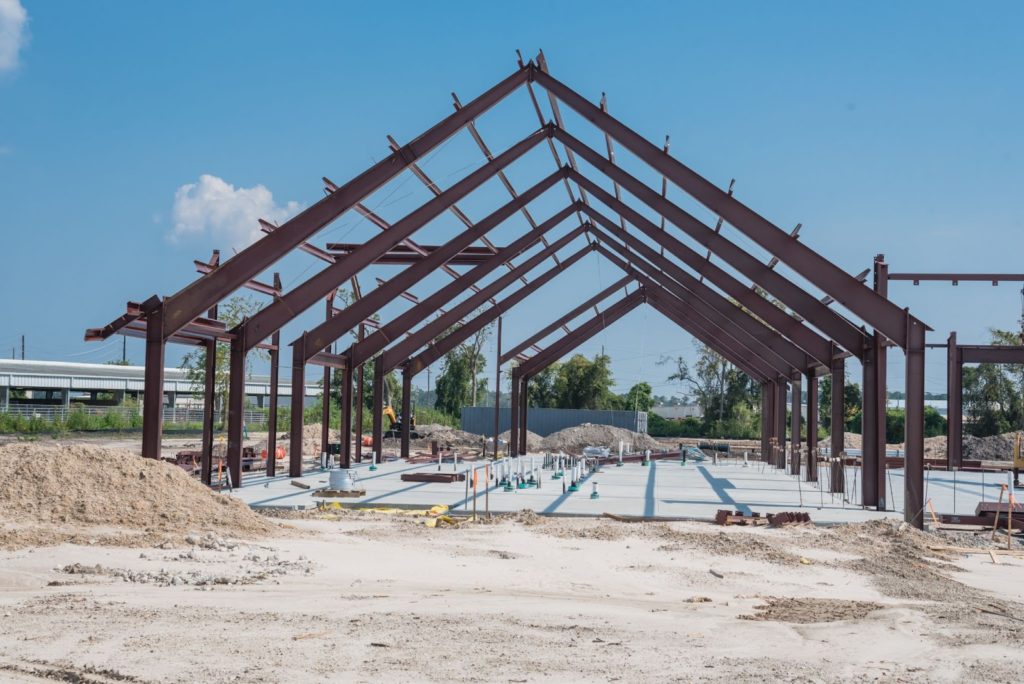
Another factor that structural engineers will consider during the design phase is the type of soil the structure will be built on. Knowledge on soil composition is very important for preventing things like frost heave as well as sagging, shifting and movement within a foundation and building.
The building materials used will also affect the foundation design. Structural steel framing has a greater strength-to-weight ratio than other types of building materials like wood. This means that less building material will be used when building with structural steel, ultimately resulting in a lighter structure. And, because of this, these structures will require less concrete for the foundation which will save on foundation costs.
If you have any questions relating to the design of your structural steel building plans, our engineers can help.
What is structural steel detailing?
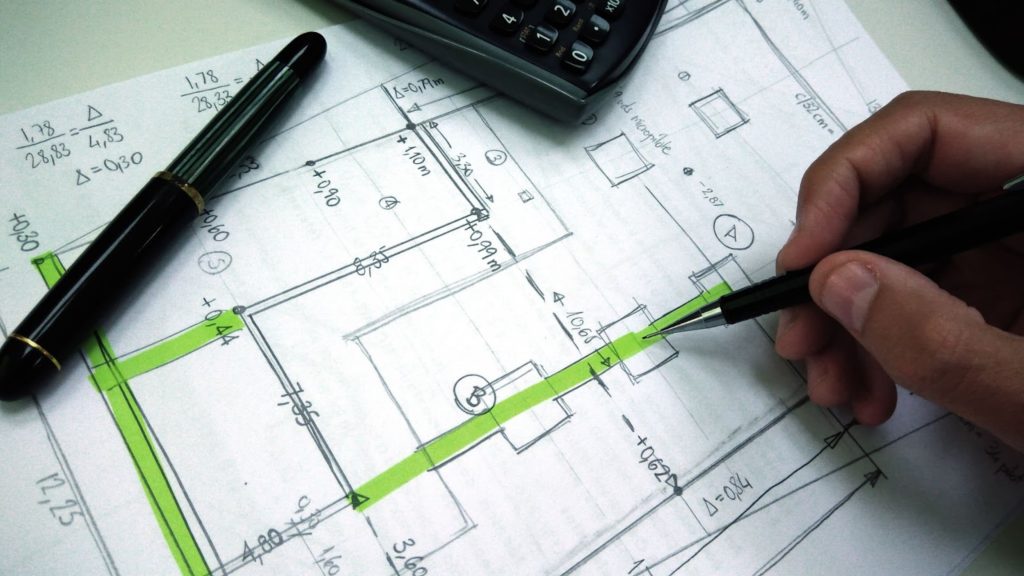
Let’s define what structural detailing is before we go any further.
Essentially, structural detailing is a set of instructions, created by a professional licensed engineer, that could be in a drawing form or written on a construction plan to ensure the building will withstand the test of time/is structurally sound.
To expand upon this, let’s discuss the process a bit.
Structural engineers work hand-in-hand with architects. Think of architects as artists and engineers as mathematicians.
If a client hires an engineering firm to do structural detailing for a project, they typically already have an architect they’ve been working with. If this is the case, the architect would send over the project blueprints to a structural engineer to add the proper structural detailing needed to make the plan stable and last over time.
Some structural engineers do what is called red-lining, where they literally hand write the proper detailing on the blueprint. Other engineers may use programs such as AutoCAD® to produce electronic details.
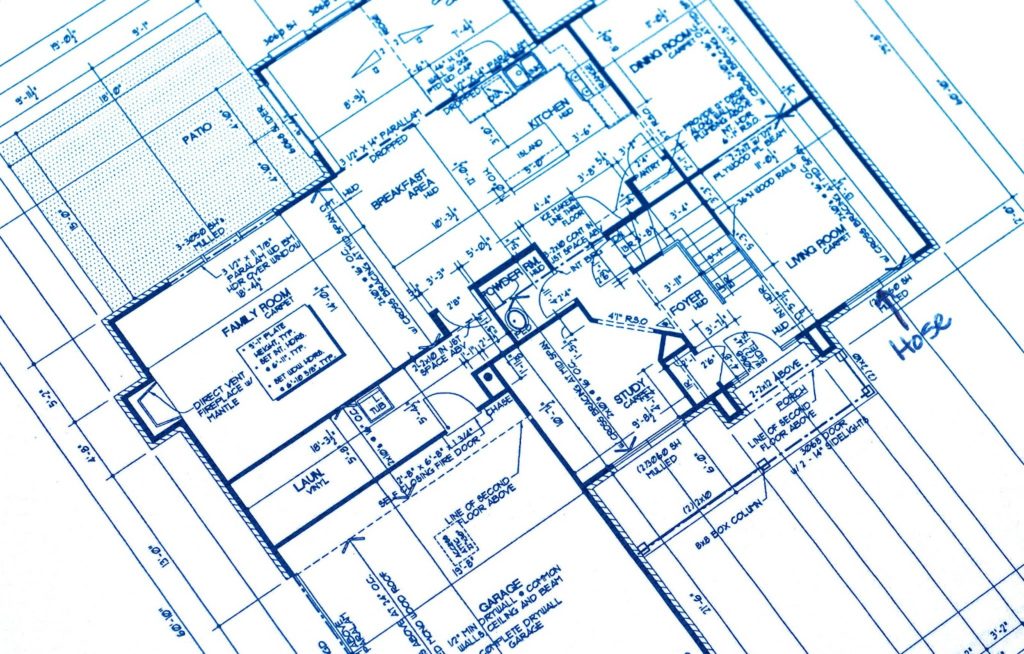
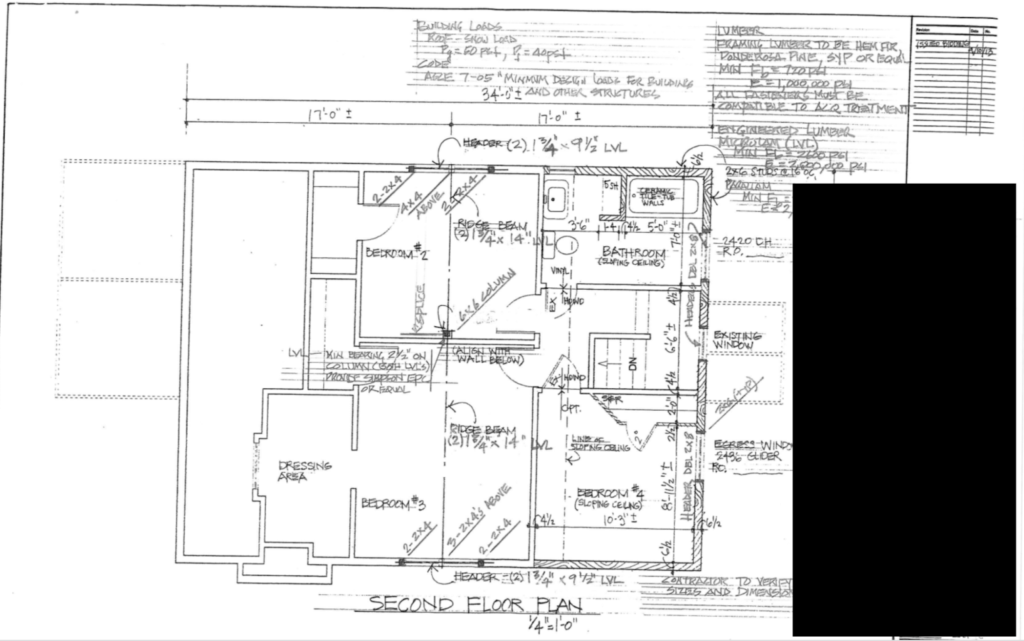
What is included in structural detailing? Well, usually sizing for the following structural components:
- Beams
- Columns
- Girders
- Posts
- Footings
- Floor & roof members
- Correct fasteners
- Tall wall
- Wall bracing
Essentially, the structural engineer needs to analyze the blueprint and make sure that the load path, the direction in which each consecutive load will pass through connected members, will work and properly move loads down to the foundation, footings and soils.
What loads are considered?
- Live load (loads that change such as furniture & people)
- Dead load (weight of the structure)
- Snow loads
- Wind, thermal & seismic forces
Things like vibration limits, fatigue (the tendency of material to break under repeated stress) and torsion will be analyzed in order to make the proper material selections and design decisions. This process goes for all types of structural design and detailing regardless if the material is structural steel, wood or other.
Ok, there’s one more frequently asked question that we want to address.
What is the difference between structural detailing and structural design for structural steel buildings?
The terms are pretty similar really.
Typically though, structural design is a bit more comprehensive. Think, designing an entire structural system for a new construction build from scratch.
Structural detailing could also refer to engineering an entire blueprint, but usually refers to engineering a specific portion of a blueprint or projects like remodels, renovations, pergola & gazebos, foundations, retaining walls, and decks.
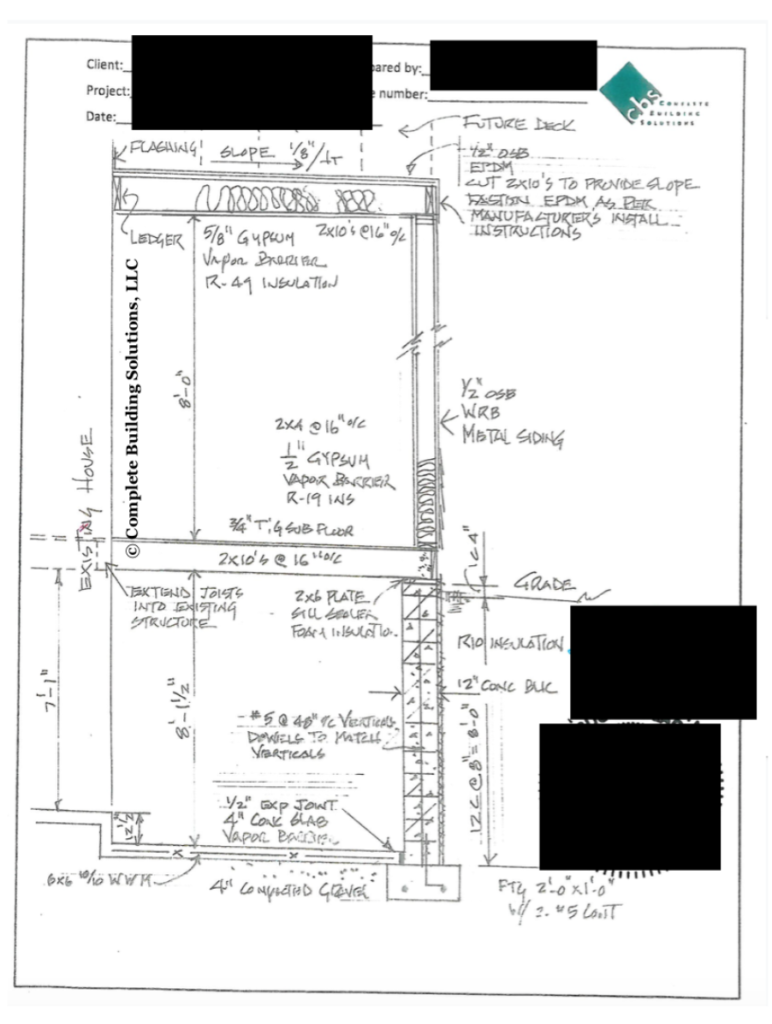
How to paint structural steel (does it need to be primed?)-
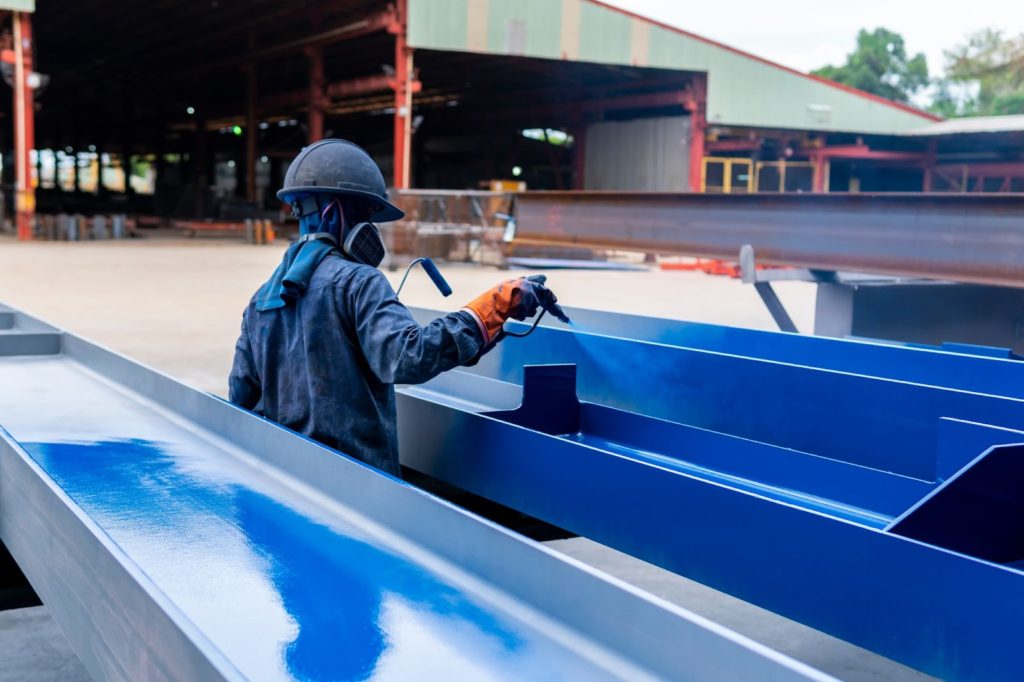
Sometimes structural steel systems are required to be painted and other times not. See the photo below from the American Institute of Steel Construction for information on when structural systems may need to be painted.
There are also times when structural steel may be painted simply for aesthetic reasons. You may be wondering how to go about painting in this scenario.
The following steps are common when painting steel buildings-
- Power wash the building- Power washing ensures any dirt or debris is cleaned off the structure before paint is applied. It also removes “chalking” which can occur when existing coats of paint start to break down into a powdery material.
- Scrape & prime- It’s important to observe the building and look for any remaining paint. This must be scraped off. Then, apply primer to the structure. If primer isn’t applied correctly, your paint will not bond properly. Many professionals recommend two coats of primer applied with brushes or rollers.
- Paint– As long as primer was applied correctly, a good quality premium exterior paint will work for the job. However, on certain jobs, professionals may recommend an acrylic paint in order to achieve high performance and longevity.
Does structural steel need to be fireproofed?

Did you know that structural steel’s melting point is around 2500 degrees fahrenheit?
Crazy, right?
The next fun fact is that building fires typically max out around 2000 degrees fahrenheit.
So…..one may think steel does not need to be fireproofed. That would be a mistake. The steel probably won’t melt, but it is still losing structural strength. This is why building codes require steel to be fireproofed.
There are various resistance rating requirements, but most structural steel needs to meet a minimum of a 2-hour fire resistance rating.
If you are wondering where to look up fire ratings, see the photo provided by the AISC below.
Is structural steel galvanized?

Some structural steel can be galvanized. It is usually the material choice when dealing with highly corrosive environments ie) coastal areas.
Structural engineers are trained to understand how various steel materials act in different climates. They also recognize that galvanized steel is not as structurally strong as regular structural steel. It may however hold up free of maintenance for much longer periods of time. All of these factors will be considered during the planning phase of your project.
For more information on galvanized steel and the corrosion process click here.
What is the cost of structural steel?
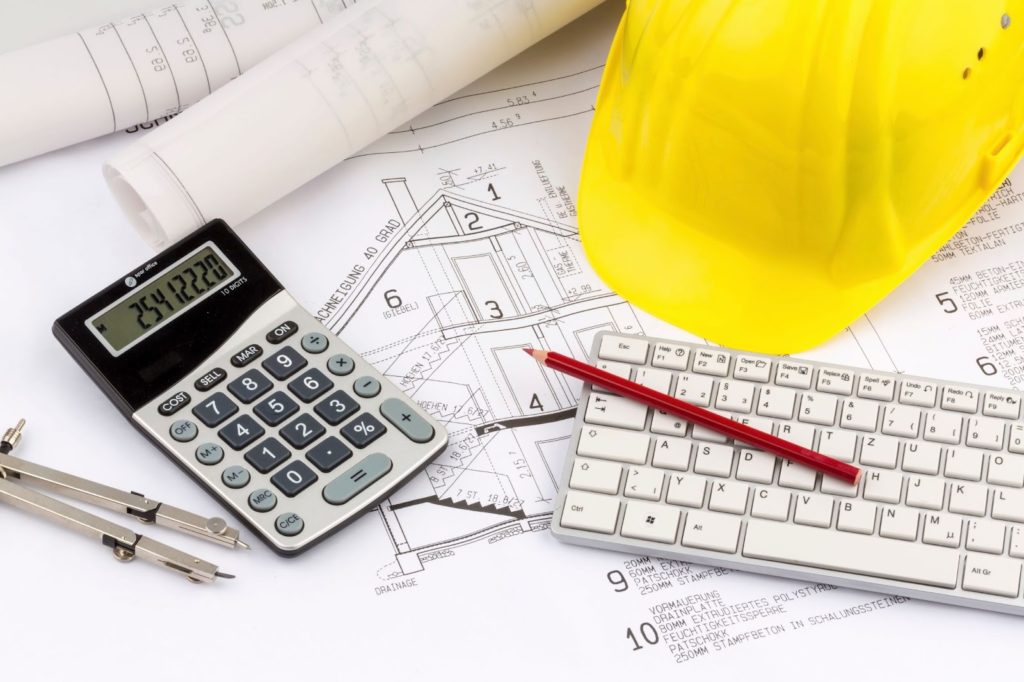
Raw structural steel prices will vary upon market conditions. However, you could expect to pay about $0.90-$1.55 per pound if buying by the beam. Or, if buying by the ton, it could cost you about $90.00 per ton in bulk.
What about steel beams?
You could expect to pay $1,100-$4,300 ($90-$400 per square foot) to install an average sized steel beam. This price includes engineering, permits, materials, shipping and labor costs.
If you are looking for more detailed information on structural steel costs, check out this detailed and informative article here.
We hope
